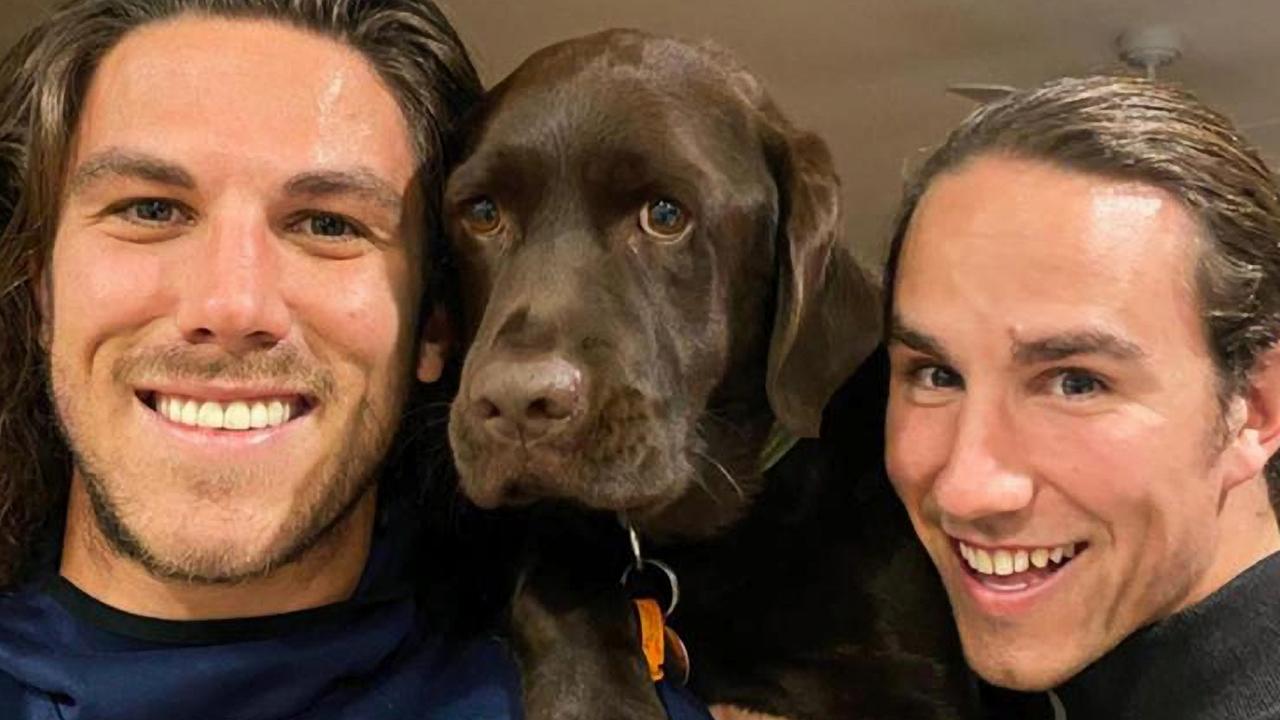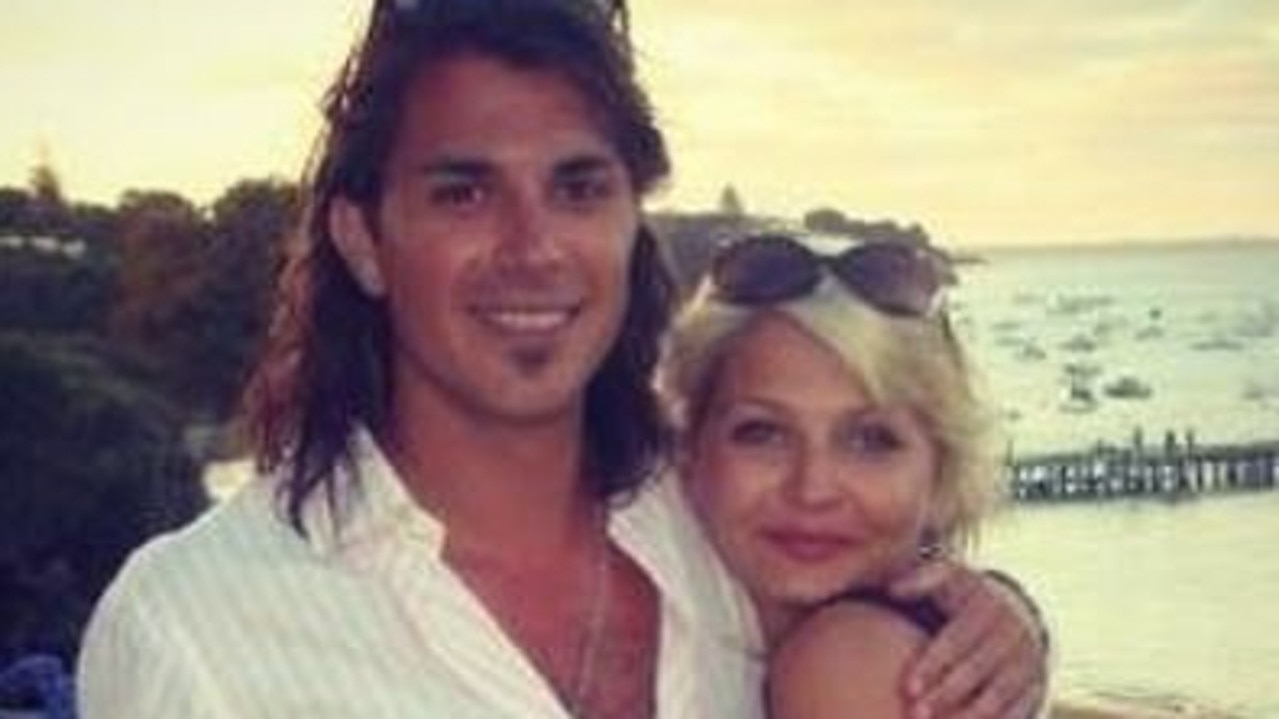Mohamed Noor murder trial: Where it will go next as claims of stuff-ups over Justine Damond’s death emerge
This is where the murder trial of killer cop Mohamed Noor will go next, after it has already seen claims of police cover-ups, stuff-ups and even a conspiracy about the shooting of Australian Justine Ruszczyk Damond emerge.
Crime in Focus
Don't miss out on the headlines from Crime in Focus. Followed categories will be added to My News.
Prosecutors at the murder trial of killer cop Mohamed Noor, which has seen claims of police cover-ups, stuff-ups and even a conspiracy to stop officers giving evidence about the shooting of former Sydney life-coach Justine Ruszczyk Damond, are expected to wrap up their case this week.
Noor, 33, has pleaded not guilty to second-degree murder, third-degree murder and second-degree manslaughter over the July 2017 tragedy, in which he shot Ms Damond with his service revolver after she called 911 to help a woman behind her south Minneapolis home.
The shooting of Ms Damond, who was unarmed, barefoot and in her pyjamas, sparked international outrage and generated local policy and leadership change for Minneapolis police.
MORE NEWS FROM THE TRIAL:
The charge Justine’s killer is unlikely to face
What killer cop’s partner saw before Justine’s death
Damond sole shooting witness ‘not credible’
Cop’s shock at seeing Justine in alley: ‘What the f**k’
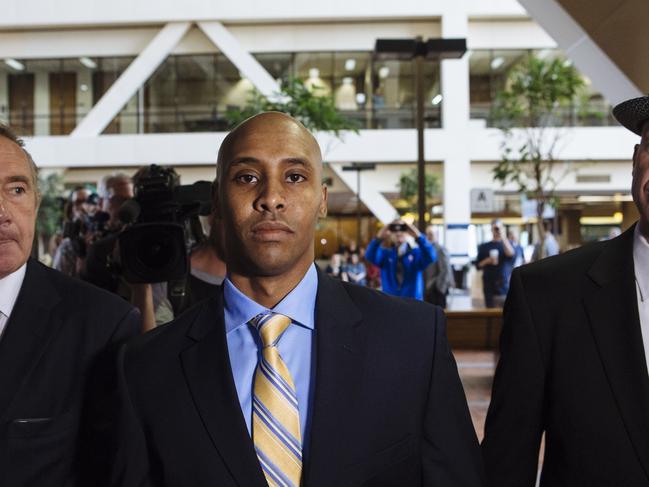
Noor’s trial has been front page news and led local news bulletins for the past three weeks as it exposed the bumbling start to the investigation, tensions between the city’s different investigative branches and the sketchy adherence by local cops to rules about when to use their body-worn video cameras.
Prosecutors also accused initial investigators, including his Fifth Precinct boss, of trying to build a “cover story” for Noor, concocting a “slap” on the back of his squad car from Ms Damond that scared him so much he shot her in self defence.

And all of it has been punctuated by stop-start, repeated screenings of Ms Damond’s final moments, with a patchwork of different officers’ body-cameras tendered as evidence and forensically discussed in court while members of her family sat in the public gallery.
The climax of these shattering videos was last week, when the camera of Noor’s partner, Officer Matthew Harrity, showed close-up vision of the pair’s desperate attempts to save Ms Damond with CPR.
Harrity’s testimony was the most highly-anticipated of more than 200 potential prosecution witnesses.
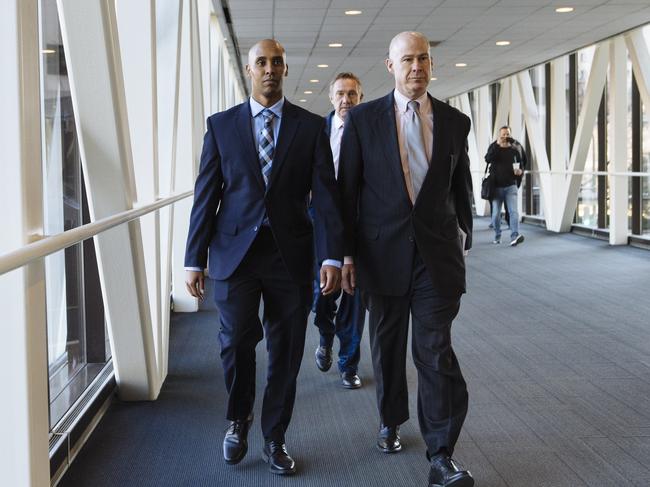
In five-hours on the stand, Harrity detailed that he was scared for his life and believed he was in the middle of an ambush, but in a potentially crucial moment for the prosecution, Harrity conceded that in his opinion the use of deadly force was “premature”.
Noor has never spoken to investigators to explain his actions, but his defence has argued that he and Harrity were caught in “a perfect storm with tragic consequences”, spooked by a figure approaching their car in darkness followed by a loud sound they thought was an attack.
Harrity told the court he and Noor were both on “high alert” as he drove down the alley behind Ms Damond’s home to look for evidence of the sexual assault she had twice called police to report that she thought she could hear.
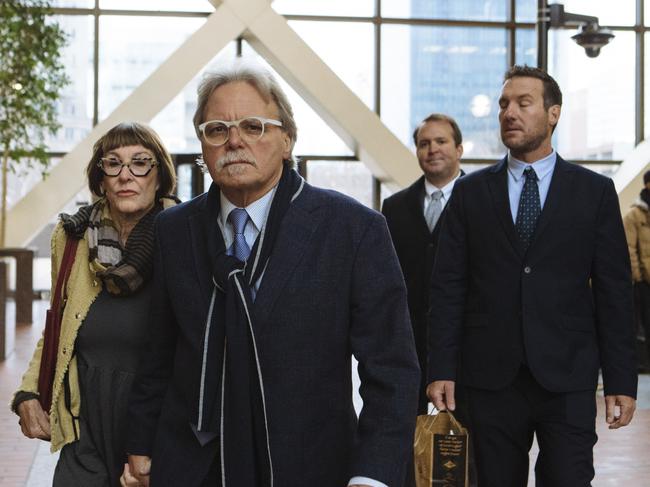
He said the pair stopped at the mouth of the alley south of her home to report the area was clear, sending a Code Four to indicate they could find nobody in trouble.
Harrity said he had his eyes on a cyclist passing near their car when a figure appeared his open window.
“I had some weird feeling to my left side that I had to look over,” he told the court.
“A silhouette of something. It was still at the time.
“At this time I hear something hit the car and I also hear some sort of murmur.”
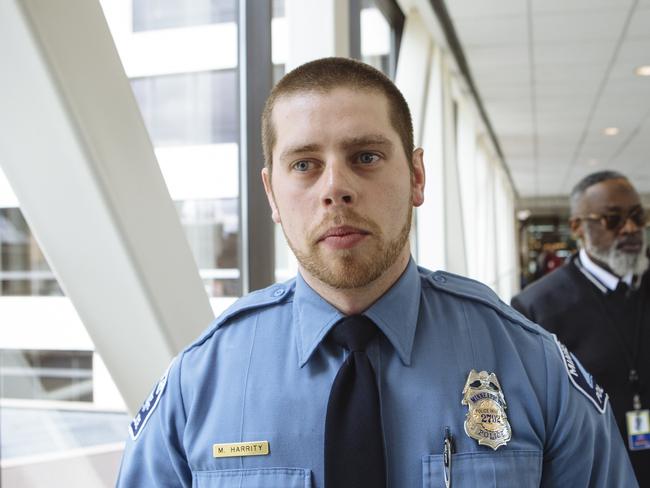
He said the sound combined with the silhouette appearing at his window “scared me enough to make me want to pull my gun out”.
In the frantic next moments he said he started to reach for his gun and said something like “Oh Jesus”, before hearing what he called a “mellow pop” and seeing a flash as Noor fired across his partner’s body at Ms Damond, so close that Harrity checked to see if he was shot.
Under later questioning from prosecutors, Harrity said he wasn’t able to “analyse the threat fully” and that Noor didn’t say a word before firing.
“So the use of deadly force would’ve been premature?” Amy Sweasy asked.
Harrity responded: “Yes, from what I had”.
Noor was fired from the police shortly after he was charged while Harrity returned to work. The night was not out without repercussions for him.
“The first two days, I could sit and stare,” he said.
“I could stare at a blank TV and nothing was on the TV and I would hear gunshots.
“And my wife would be talking to me for five minutes straight, and she’d have to yell at me for like six times before I even came through.”
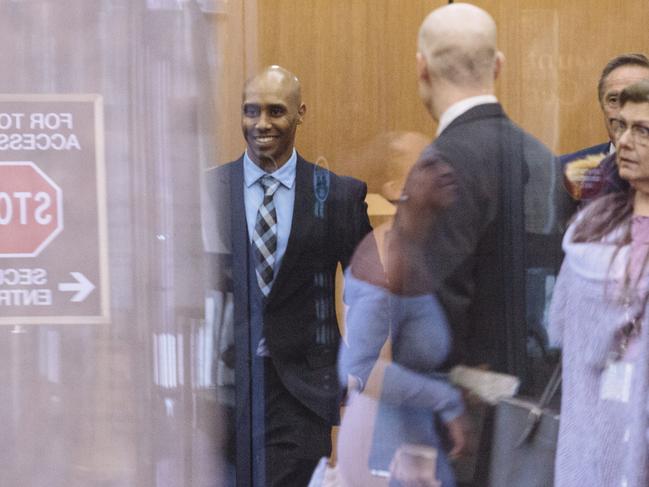
Prosecutors said in their opening statements that Noor’s state of mind would be a crucial consideration for the jury, which consists of 16 men and women, four of whom will be alternates, whose verdict will not count.
But they have dedicated several days of evidence to building a case not just against Noor, but the inadequacies of the Minneapolis police department.
Noor’s boss, Sergeant Shannon Barnette, the initial scene commander, was excoriated on the stand for selectively turning her video camera on and off as she spoke to Noor and Harrity in the hours after the shooting.
She was one of several officers who refused to speak to investigators until they were compelled to do so by a grand jury, and was treated as a hostile witness by prosecutors as she gave her testimony.

Last week, Noor’s fellow officer Ty Jindra was asked in court if he and a group of around 20 cops discussed their evidence with their union representatives, a move which Judge Kathryn Quaintance characterised as a “conspiracy”.
Prosecutor Patrick Lofton said the actions fell short of a conspiracy and read to the court an email from Jindra in which he refused to meet because of the Henepin County Attorney’s “poor treatment of us”. Lofton said only seven police officers including Harrity had voluntarily given evidence, with the rest only speaking after being compelled by a grand jury.
Noor’s legal team has so far listed only three potential defence witnesses. Noor is not included and it is still not clear whether he will take the stand. If he is found guilty the possible sentences range from four years for the manslaughter charge to 12.5 years for third-degree murder and 25.5 years for second-degree murder.

